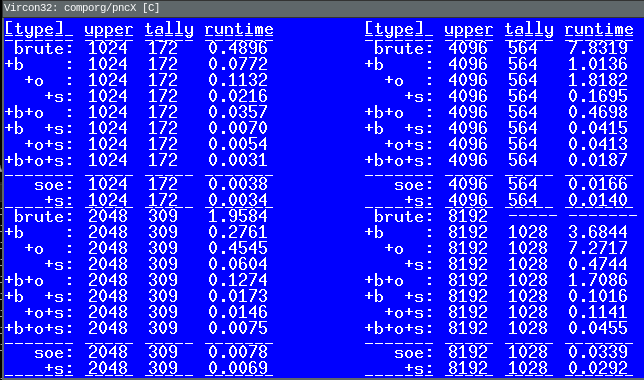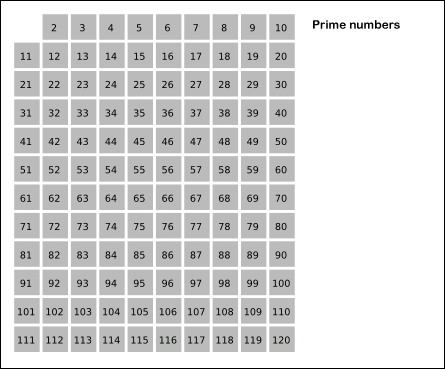projects
| wcp1 (due 20250129) |
| abc0 (due 20250205) |
| btt0 (due 20250205) |
| pct0 (bonus; due 20250205) |
| pct1 (bonus; due 20250205) |
| pct2 (due 20250205) |
| wcp2 (due 20250205) |
| mtb0 (due 20250212) |
| pct3 (bonus; due 20250212) |
| wcp3 (due 20250212) |
| mtb1 (due 20250219) |
| pct4 (due 20250219) |
| wcp4 (due 20250219) |
| pct5 (bonus; due 20250226) |
| wcp5 (due 20250226) |
| mtb2 (due 20250227) |
| dap0 (due 20250305) |
| gfo0 (due 20250305) |
| pct6 (due 20250305) |
| wcp6 (due 20250305) |
| dap1 (due 20250312) |
| pct7 (bonus; due 20250312) |
| wcp7 (due 20250312) |
| bwp1 (bonus; due 20250326) |
| dap2 (due 20250326) |
| pct8 (due 20250326) |
| wcp8 (due 20250326) |
| mtb3 (due 20250402) |
| pct9 (bonus; due 20250402) |
| wcp9 (due 20250402) |
| gfo1 (due 20250409) |
| pctA (due 20250409) |
| pnc0 (due 20250409) |
| wcpA (due 20250409) |
| pctB (bonus; due 20250416) |
| pnc1 (due 20250416) |
| wcpB (due 20250416) |
| pctC (due 20250423) |
| pnc2 (due 20250423) |
| wcpC (due 20250423) |
| pctD (bonus; due 20250430) |
| wcpD (bonus; due 20250430) |
| gfo2 (due 20250507) |
| pctE (bonus; due 20250507) |
| wcpE (bonus; due 20250507) |
| EoCE (due 20250515) |














